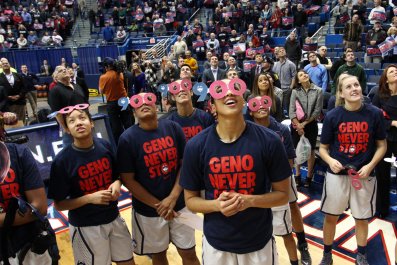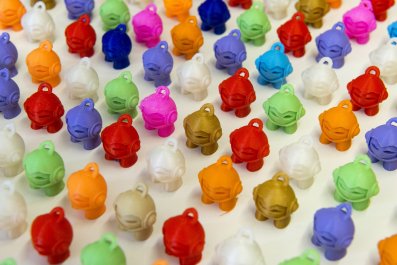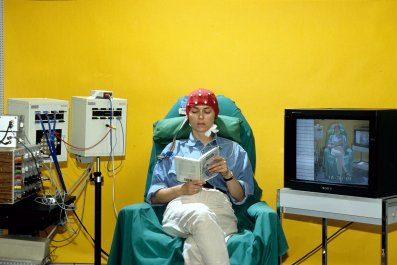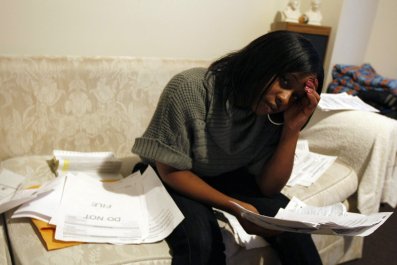Ever since Alfred Kinsey first observed copulating couples in his attic and Masters and Johnson recorded the cycle of human male and female sexual response, researchers have been on a quest to understand what makes us tick in the bedroom—and figure out what to do when the ticking stops. However, while the industry continues to aggressively treat male sexual dysfunction, it puts very little thought into what she wants.
Women currently have just one drug for low libido: Addyi (flibanserin), which the Food and Drug Administration approved last August for hypoactive sexual desire disorder in premenopausal women. However, the little pink pill is clearly no Viagra; its performance has been a grave disappointment to clinicians, women and Valeant Pharmaceuticals shareholders. The daily medication is said to have questionable efficacy and potentially dangerous side effects, and it is currently priced at $800 a month.
Men, on the other hand, have several options to keep things looking up. These include four erection pills, injections and urethral suppositories—not to mention that old standby, the penis pump.
"I think the main point is that most of the researchers are men, and it's much easier to test response for men, especially for erectile dysfunction," says Beverly Whipple, professor emerita at Rutgers University and co-author of The G Spot and Other Recent Discoveries About Human Sexuality.
Some might explain this disparity by pointing out that science sees men's challenges in the bedroom as mostly physical, while women's are typically attributed to a psychological or neurochemical imbalance. In 2013, the medical community updated the Diagnostic Statistical Manual of Mental Disorders, combining female hypoactive desire dysfunction (defined as a lack of interest or desire for sex, to the point where it causes distress) and female arousal dysfunction into a single syndrome known as sexual interest/arousal disorder. Of the medical studies registered on ClinicalTrials.gov, a website of the National Institutes of Health, 341 are on erectile dysfunction, whereas only 46 are on female sexual interest/arousal disorder. This oversimplification of the female libido also reflects science's assumptions about what women want when the lights go off. For men, sex is usually a linear path of excitement, plateau, orgasm, resolution. But more often than not, says Whipple, the trajectory of female sexual response isn't as goal-oriented, and the industry still hasn't caught on to that.
" You have to listen to women and document what women say is pleasurable to them, not try to fit them into one pattern of how to respond sexually," she says. For some, it's not only about the Big O. Or that little pink pill.





















